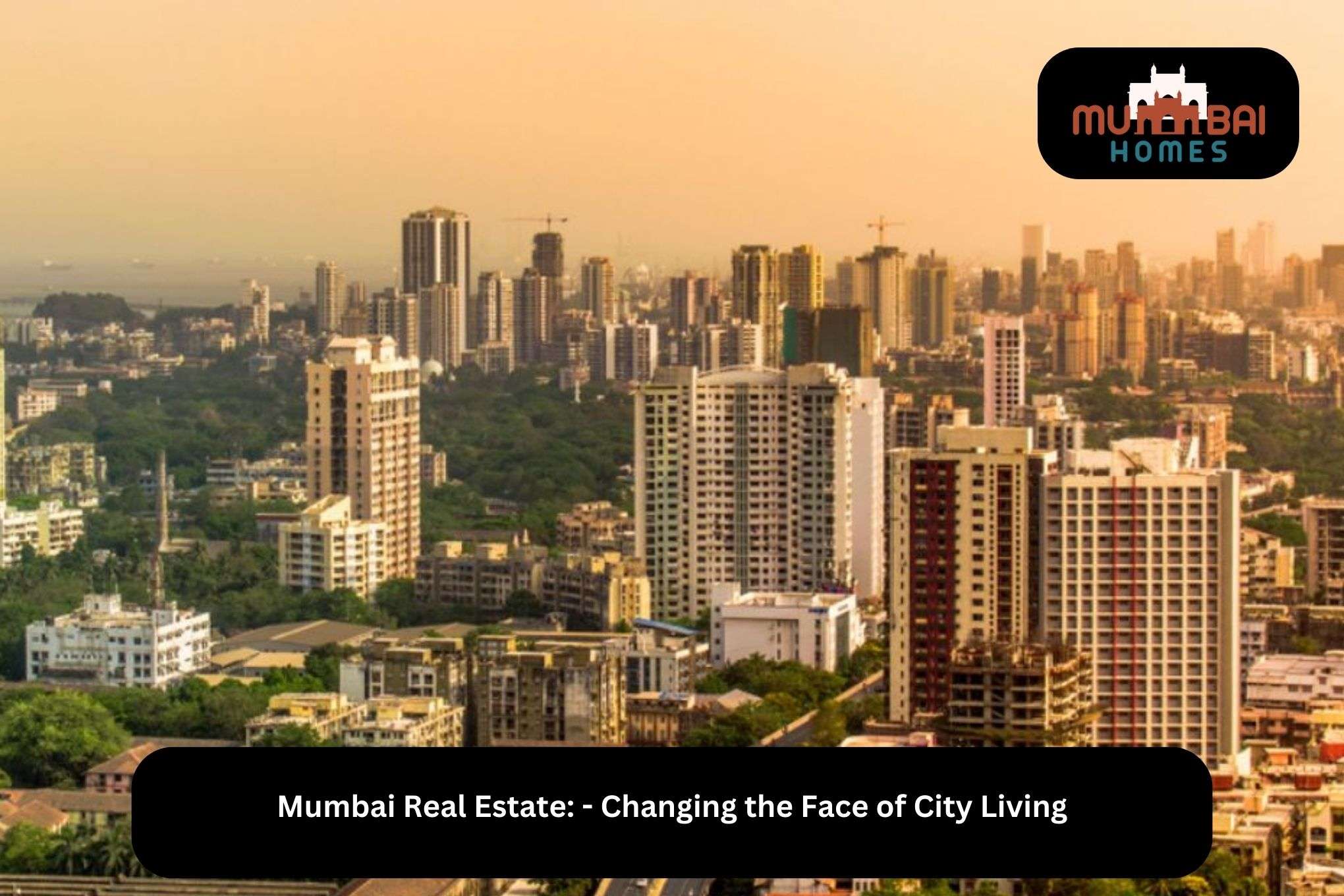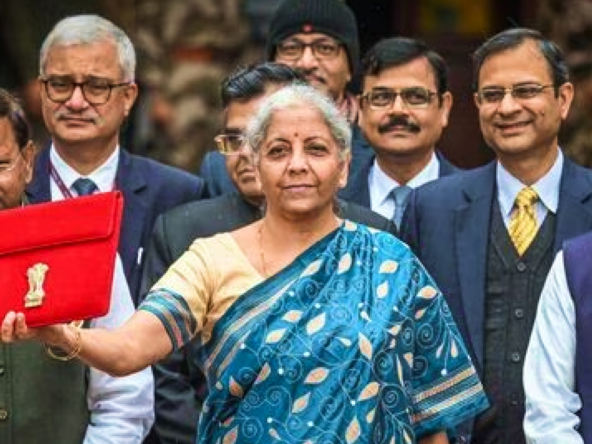Mumbai Real Estate: – Changing the Face of City Living:
Mumbai, commonly known as India’s financial capital, is a vibrant city known for its vibrant culture, bustling streets, and rapid urban development. Real estate has played a major role in the city’s transformation and has undergone significant changes over time. From modern skyscrapers to luxurious residential complexes, Mumbai’s real estate landscape has been transformed, creating a significant impact on urban life. The growth of the real estate sector has brought new infrastructure, expanded residential neighborhoods, and flourished commercial spaces, shaping the way people live and interact with their urban environment.
Skyrocketing property prices:
Mumbai has experienced a significant increase in Mumbai real estate prices in recent decades. Limited land availability in the city and high demand contributed to this surge in prices. This trend has had an impact on housing accessibility for many residents and has fostered the emergence of compact apartments and skyscrapers as popular choices. A city’s densification, with an increase in towering structures, has also been facilitated by high pricing. For many residents, buying a property has become a difficult dream to realize because of this constant increase in prices.
Vertical expansion with skyscrapers:
Due to space constraints and growing housing demand, vertical expansion has become a major feature of Mumbai’s real estate sector. Massive towers that incorporate multiple homes and office buildings dominate the city’s skyline nowadays. Due to the restricted amount of land, more people are able to live and work in a compact area thanks to these towering structures. They contribute to the densification of the city while offering opportunities for residence and business. Mumbai has thus become a vertical metropolis, with skyscrapers that define its urban landscape.
Gentrification of neighborhoods:
Gentrification was a notable aspect of Mumbai real estate transformation. Several neighborhoods, such as Bandra, Lower Parel, and Worli, have undergone major renovations, attracting affluent residents, commercial establishments, and high-end amenities. These regions were revitalized as a result of this process, which altered the socioeconomic makeup of the city. The once modest old neighborhoods have been transformed into trendy places, with trendy cafes, upscale restaurants, and exclusive leisure spaces. Gentrification, however, has also sparked worries about the eviction of low-income people and the uniformity of these districts’ cultures.
Integrated townships and gated communities:
The concept of integrated cities and closed communities has gained ground in Mumbai real estate. Within a broader complex, these projects offer a self-sustaining environment and give people access to a range of resources including parks, schools, retail malls, and leisure areas. Integrated cities aim to create a sense of community and convenience, redefining the concept of city living. These cities offer a popular alternative for those seeking a holistic and modern residential environment.
Infrastructure development:
The rise of real estate in Mumbai has spurred significant infrastructure developments. The city has seen new bridges, subway lines, and highways built to improve connectivity and reduce commute times. These infrastructure projects not only improved transportation but also influenced real estate demand in different parts of the city. Once remote neighborhoods have become more accessible, attracting interest from real estate developers and potential buyers.
Affordable housing initiatives:
Recognizing the need for affordable housing, various government, and private initiatives have been launched to address the housing needs of low-income groups in Mumbai real estate. Initiatives such as the Maharashtra Housing and Area The Maharashtra Houses and Area Development Authority (MHADA) and the Pradhan Mantri Awas Yojana (PMAY) are two programs that offer affordable homeownership opportunities and subsidized houses. Low- and middle-income groups are offered suitable and reasonably priced homes through these programs, which aim to reduce housing disparities and enhance Mumbai’s quality of life.
Mixed-use developments:
Mixed-use developments have gained popularity in Mumbai real estate, especially in commercial areas. Within a single complex, these designs blend residential, commercial, and retail areas to create a variety of living, working, and recreational situations. They offer convenience and reduce the need for long journeys, contributing to a more balanced urban lifestyle. Numerous neighboring amenities, like stores, restaurants, and leisure centers, may make residents’ daily life simpler. By bringing many industries together in one location, these mixed-use complexes help stimulate the economy.
Conclusion:
Mumbai’s real estate sector has undergone a major transformation with the vertical expansion of skyscrapers. Faced with space constraints and growing demand for housing, these imposing buildings have taken control of the city’s skyline, offering a solution to the land limits. More people may now live and work in a constrained area since they have made it possible for many homes and business buildings. With new housing and economic growth prospects, this shift has changed the appearance of the city. But it’s important to take into account the problems with population density and the environmental consequences of this vertical expansion.
FAQs,
1. What is the current status of the Mumbai real estate market?
Ans: Mumbai’s real estate industry is vibrant and ever-changing. Due to the great demand for both residential and commercial buildings, it has experienced substantial growth throughout the years.
2. What are the factors contributing to the changing face of city living in Mumbai?
Ans: Rapid urbanization, infrastructural development, rising population, demand for contemporary amenities, and the introduction of new residential and commercial projects are just a few of the factors influencing Mumbai’s shifting urban landscape.




